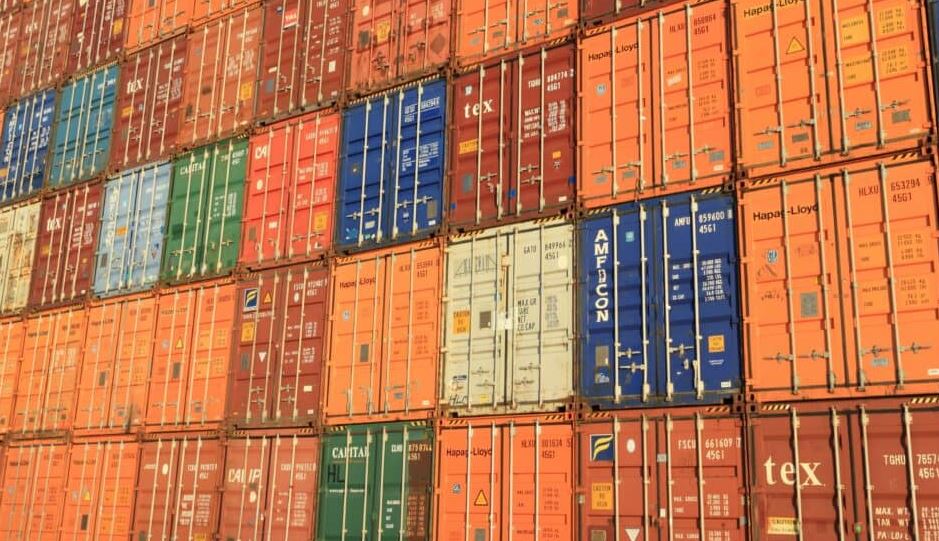
After four weeks of gains, spot container freight rates are expected to decline in November, as shipping lines continue to add capacity despite weak demand.
The Shanghai Containerised Freight Index (SCFI) closed on 3 November with Transpacific rates still up, but Shanghai-North Europe rates had already begun to retreat. This is due to carriers adding capacity to the North Europe route.
Shanghai-US West Coast rates climbed nearly 10% from the previous week to US$2,102/FEU, while Shanghai-US East Coast rates grew 3%, to US$2,434/FEU. Shanghai-North Europe rates regressed by 2% to US$756/TEU.
Analysts at Linerlytica say that these rates cannot be sustained in the traditional slack season in November, and that spot rates will likely follow their usual routine of early month hikes followed by mid-month declines. This pattern is expected to repeat throughout November, with capacity rising sharply on both Transpacific routes. Forward capacity forecasts for November currently show a 28% increase in the West Coast and a 23% increase in the East Coast compared to October.
Linerlytica also noted that even as shipping lines are hoping to raise rates again in December, this is not supported by higher blanked sailings.
The consultancy said, “Carriers have not withdrawn sufficient capacity for the higher rates to stick despite the rapidly eroding earnings with Maersk becoming the latest casualty, following Zim and Wan Hai to have reported quarterly EBIT losses this year. Carriers continue to chase market share, with Maersk inexplicably regaining its appetite for volumes after allowing its to be liftings eroded in the last two years.”
Despite slipping into the red for Q3 2023, Maersk has been chartering more ships and deploying more capacity by implementing extra loader services to the US East Coast.
However, Maersk’s efforts are unlikely to be enough to regain its top spot in the liner rankings, as Mediterranean Shipping Company (MSC) remains active in the charter and sales and purchase markets, upping its capacity to 5.5 million TEUs this week.
While 10 of MSC’s ships are currently idled, these will not stay unemployed for long as five of the vessels are already slated to return to service in the next two weeks. As a result, the overall idle fleet continues to shrink.
With liner operators losing capacity discipline, the idled fleet has fallen to 215,000 TEUs, after peaking at 330,000 TEUs in October.
Overall, the outlook for spot container freight rates in November is bearish, as shipping lines continue to add capacity despite weak demand.
Source: container-news.com